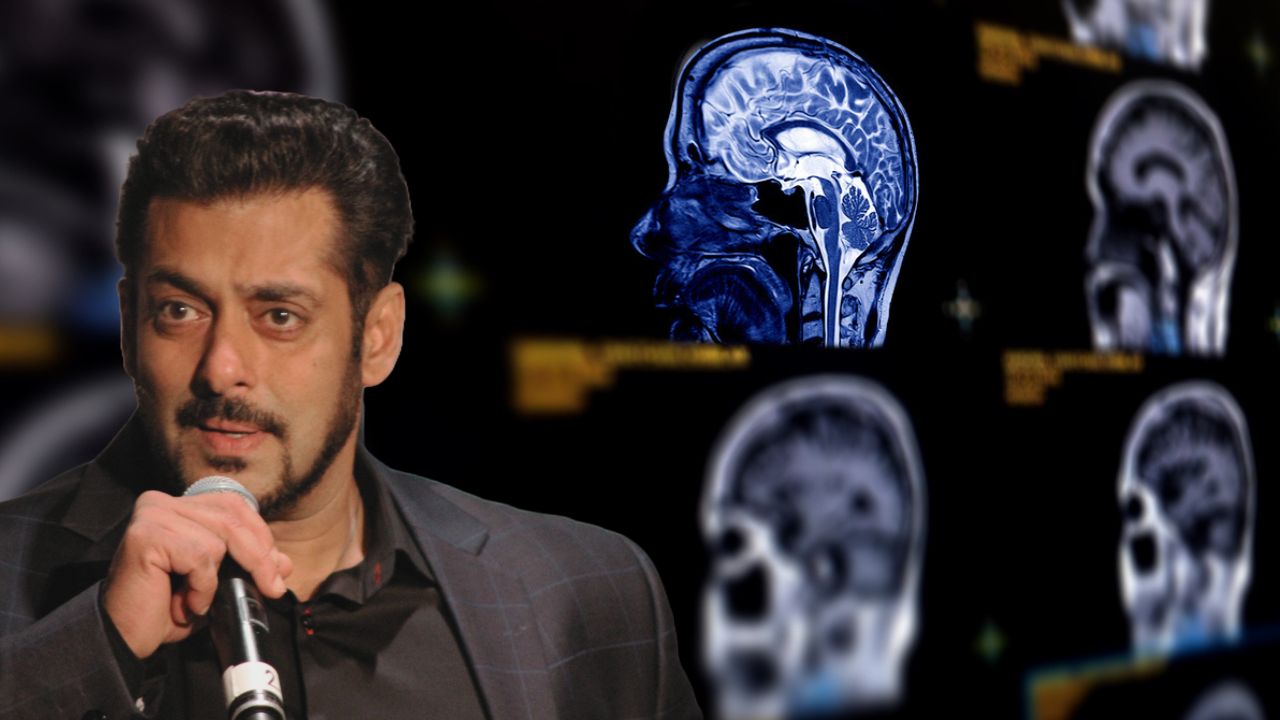Salman Khan’s early diagnosis is a reminder of the benefits of proactive health monitoring. Yet many in India miss early signs due to low awareness, fear of scans, and limited access.
Published Jun 24, 2025 | 5:37 PM ⚊ Updated Jun 24, 2025 | 5:37 PM

Studies estimate that approximately 2 to 5 percent of the global population may have unruptured brain aneurysms.
Synopsis: Salman Khan’s recent diagnosis of a brain aneurysm has raised questions about whether most Indians would receive the same chance at early detection. Unlike high-profile cases, many in India miss early signs due to low awareness, fear of scans, and limited access to preventive screenings – especially since brain aneurysms and arteriovenous malformations can be asymptomatic until they suddenly become dangerous. It is thus crucial to recognise risk factors, as knowing when to seek help could make a critical difference.
The recent revelation that actor Salman Khan was diagnosed with a brain aneurysm has sparked public interest and concern.
While his case was reportedly identified early, possibly during a routine health screening, it raises an important question: would the same condition be detected as promptly in the general population?
Brain aneurysms and arteriovenous malformations (AVMs) are vascular abnormalities that often remain asymptomatic until they cause significant neurological events, such as a haemorrhagic stroke or seizure.
Studies estimate that approximately 2 to 5 percent of the global population may have unruptured brain aneurysms, many of which are incidentally discovered during imaging performed for unrelated reasons.
In India, however, the incidental detection of such conditions remains uncommon, primarily due to a lack of awareness, delayed help-seeking behaviour, and limited emphasis on preventive neurological screening.
Many individuals attribute persistent headaches, dizziness, or transient visual disturbances to lifestyle-related stress or age-related fatigue, rarely seeking timely neurological evaluation.
Misconceptions are widespread. One common belief is that brain scans, such as MRI or CT angiography, are only necessary in the presence of severe symptoms or a medical emergency.
Others fear the tests themselves, associating them with radiation risks or financial burden, leading to unnecessary delays. Additionally, neurological disorders are often misunderstood, with symptoms being dismissed as temporary or benign until they escalate.
From a clinical standpoint, certain risk factors should prompt closer attention.
These include:
While routine brain imaging is not recommended for the general population, individuals with the above risk factors should consult a neurologist to determine the need for further evaluation.
Preventive health strategies must also include regular blood pressure monitoring, smoking cessation, and managing chronic conditions such as diabetes and dyslipidaemia.
Consulting a doctor promptly is important when experiencing any of the above-mentioned symptoms, as well as being aware of neurological red flags. Equally important is educating people on when imaging may be clinically indicated, not just in tertiary care settings, but also at the level of primary care.
Salman Khan’s early diagnosis is a reminder of the benefits of proactive health monitoring.
However, broader awareness, accurate information, and a shift toward preventive neurology are essential to ensure that silent conditions do not continue to go unnoticed in the wider population.
(The writer is Consultant – Neurology & Interventional Neurology at Narayana Health – RN Tagore Hospital, Kolkata)
